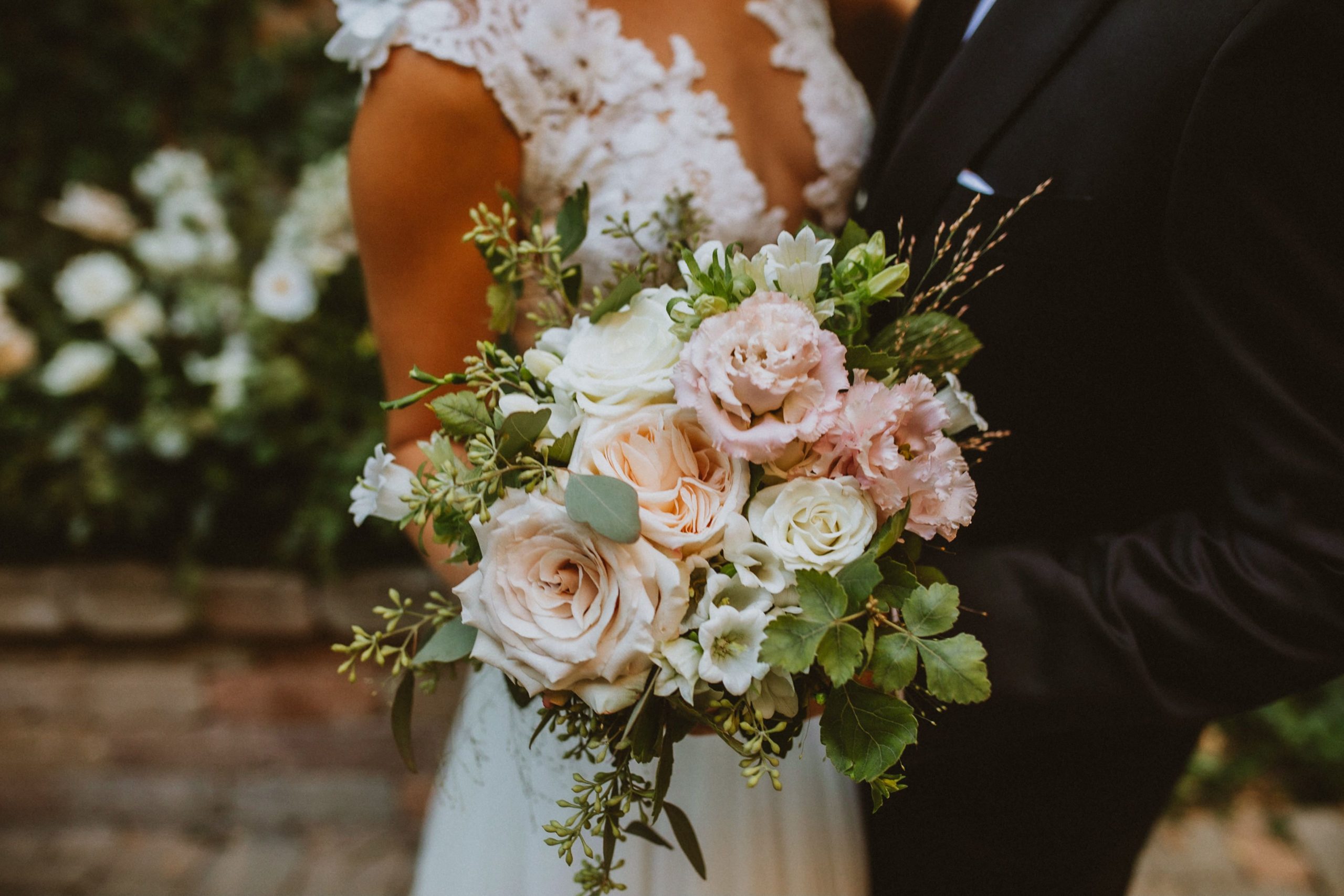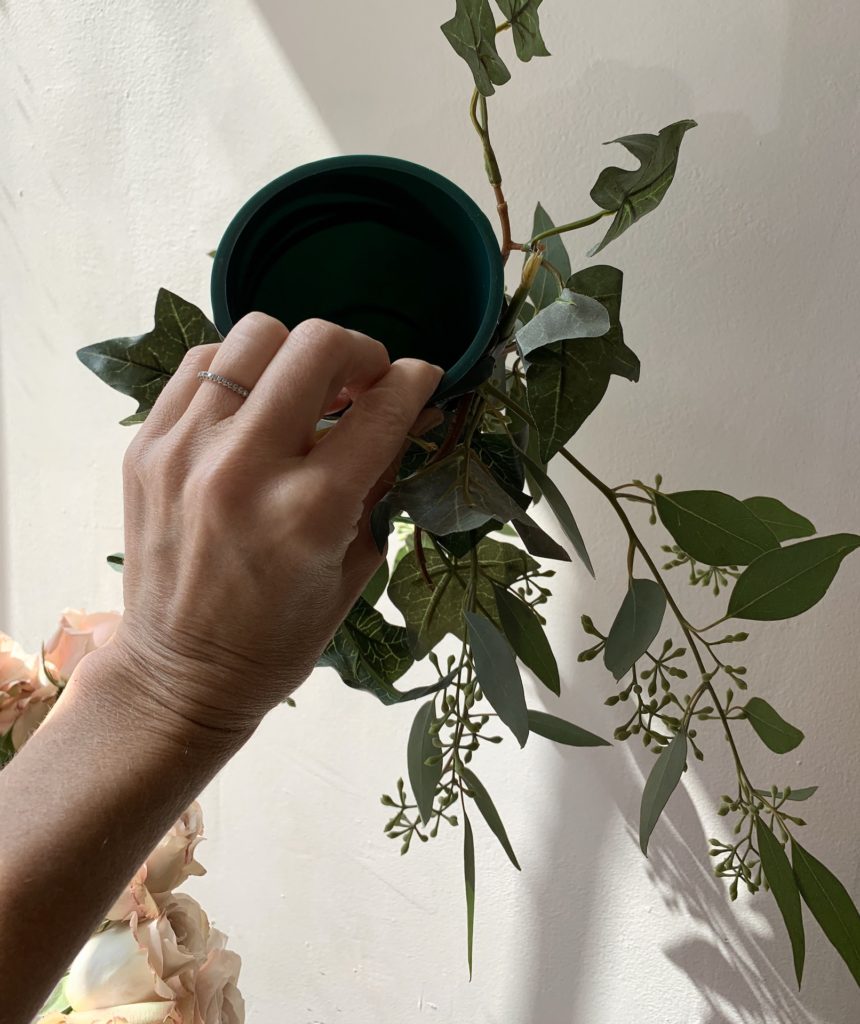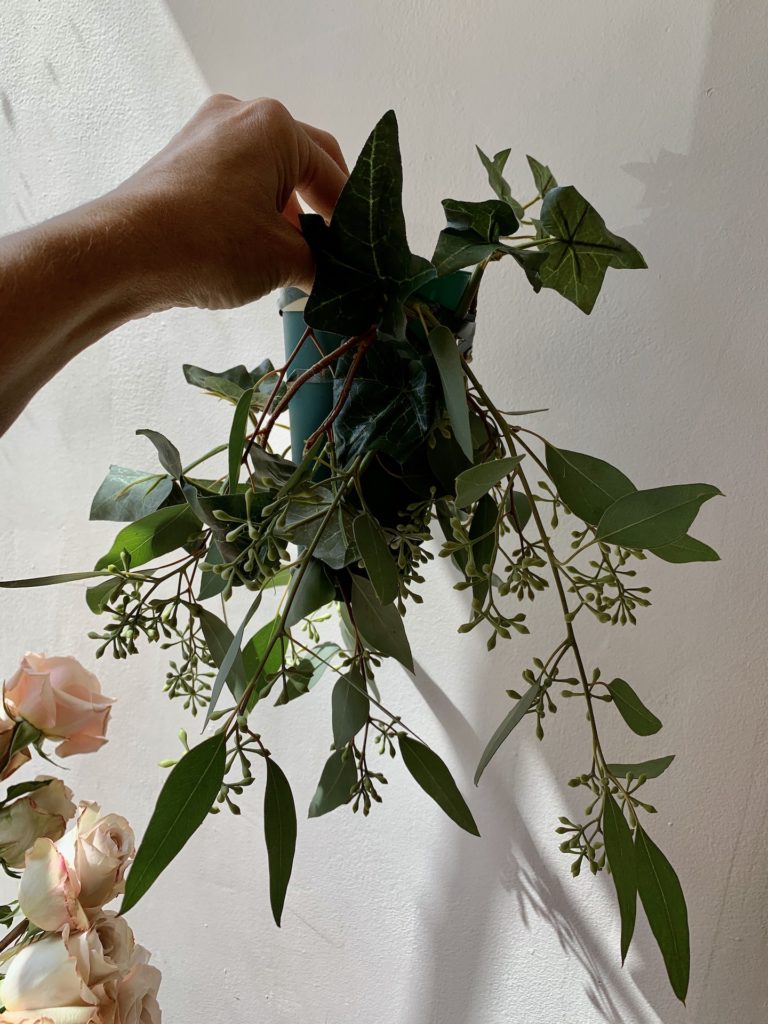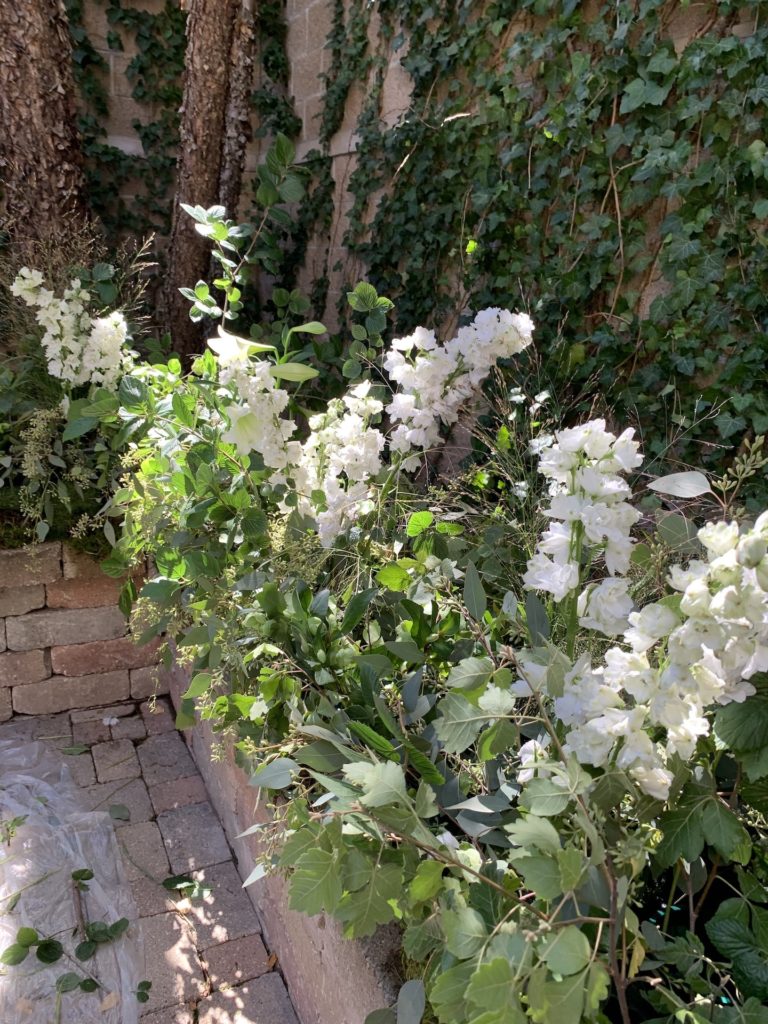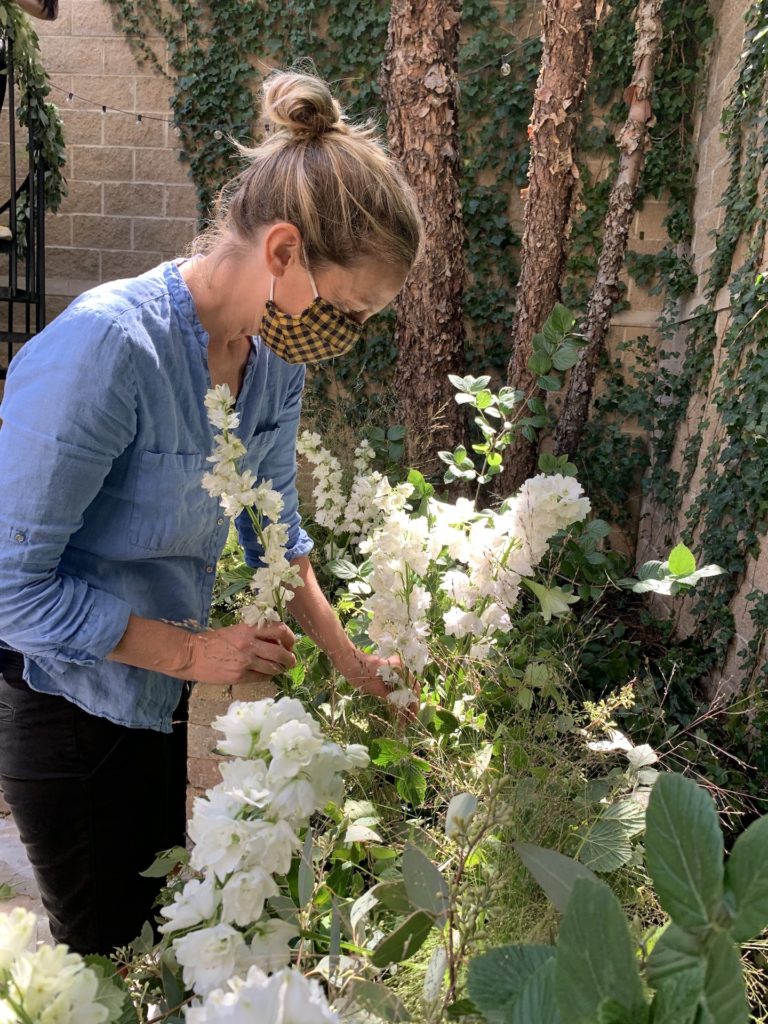Foam-Free Pandemic Wedding


Last year, when the Covid-19 pandemic swept all of our events away, just this one backyard wedding remained. There is a magnitude to micro-weddings that is indescribably romantic. Love, moving forward humbly in the midst of so much uncertainty, conquers all. We are grateful to our beautiful clients for persevering in having their wedding and for so graciously allowing us extra time to set up.
While it took so much away, the pandemic gave us something we needed most, time. In the floral industry every step of the way from when a flower first blooms is a race against time, a race to preserve a flower’s fleeting life while shipping, processing, designing, packing and delivering something impeccable and full of life. We started our Chicago flower farm so we could deliver even more beautiful and fresh flowers in our design.
Efficiency and precision are everything, and this is why florists still use floral foam. Invented and made popular in the fifties by a company called Smithers-Oasis, floral foam, or “Oasis” is that green, spongy stuff you find at the bottom of floral gift baskets or many wedding centerpieces. It is a green fine-celled thermoset phenolic plastic foam, with many hazardous substances including formaldehyde smoke, oxides of carbon, phenol, cresols, xylenols, and sulfur dioxide. Because it is an unstable, “open cell” plastic, it crumbles and when dry becomes a breathable dust, with micro-plastic particulates washing down the drain after soaking it and probably ending up in aquatic wild-life’s bellies.
We ourselves have used it, though sparingly, up until just this past year. Why? There are many reasons florists use it, but mostly it comes down to two- it can absorb and hold up to 4x it’s volume in water and keeps flowers in place at any angle, making the high-wire hat trick of floral event design much easier.
An arrangement in foam is much easier to transport than fragile glass vases filled with water that will slosh out in transport, risking that the flowers will wilt. This is especially important when installing large events with difficult load-ins. Most hotels and venues have labyrinthine, up to blocks-long stretches that centerpieces must be carried across- with oasis, you can pack three large arrangements in one box and hoist it onto your shoulder as you bob and weave through hotel staff as you navigate the narrow, “back of the house” corridors. If these arrangements are in water, you are spilling water which can be a safety hazard, risking flowers may die in transport without said water and having to refill the containers one you get to the ballroom. All messy, time-consuming and potentially dangerous during hectic-go-time load ins for weddings.
Foam is also ideal for installations- chuppahs, wedding arches, garlands and aisle decor. One can have flowers “blooming” 8 ft off the ground, upside down or at any angle.
This past summer gave me the time to step back and re-imagine how to execute some designs without using this toxic substance. I discovered the sustainable wedding florist’s new best friend- the cemetery vase. These green plastic cones hold 16oz of water and can be zip-tied to a railing, wedged into a low floral hedge, or suspended from a wedding arch. These super-full bouquets on the stair case garlands measure 16” by 16”and were still fresh days after the wedding. To be fair, flowers from our Chicago flower farm do live twice as long as imported flowers as well. For the ceremony, the floral “hedge” was all done foam-free with these green cones which are re-useable. I used 15 cell, deep root trays as the overall structure, wrapped them in dried moss sheets with green twine covered wire to disguise the mechanics and wedged the cemetery cones upright into them as a water-source. These flowers were also fresh and gorgeous two days after the wedding.






 Previous post
Pandemic as a Portal
Previous post
Pandemic as a Portal
 Next post
Chicago flower farm in June
Next post
Chicago flower farm in June
